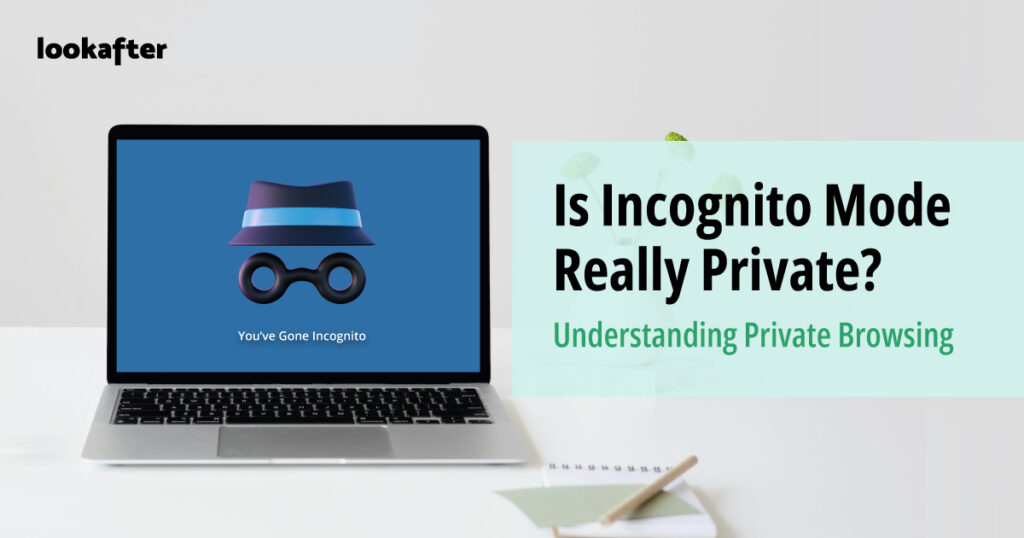Home > Empowering Tips > Is Incognito Mode Really Private? Understanding Private Browsing

The recent settlement between Google and plaintiffs in a lawsuit concerning the tracking of internet activity during incognito browsing serves as a stark reminder of the pervasive misconceptions surrounding the notion of online privacy. As users increasingly turn to features like incognito mode to shield their browsing habits from prying eyes, this agreement sheds light on the complex realities and limitations of such tools. Let’s delve into the top misconceptions about incognito mode and uncover the truth behind them.
The Misconception About Incognito Mode
“Using incognito mode makes you completely anonymous online”
This is not true. Incognito mode only prevents your browser from storing local data, such as browsing history and cookies. It does not conceal your IP address or hide your online activity from your Internet Service Provider (ISP), websites you visit, or network administrators. While it adds a layer of privacy, it does not provide complete anonymity.
“Incognito mode prevents websites from tracking your online activity”
While incognito mode may limit tracking through cookies and browsing history, websites can still track your activity using alternative methods such as fingerprinting and tracking pixels. Incognito mode does not offer comprehensive protection against online tracking.
“Incognito mode provides additional security against hacking or malware”
Incognito mode does not offer any inherent security features beyond its privacy functions. It does not protect against security vulnerabilities in the browser or shield users from malicious attacks. Users should still exercise caution and employ other security measures to safeguard their online activities.
So, What’s Incognito Mode? (And Why Use It?)
Incognito mode, also known as private browsing mode, is a feature on most web browsers that allows you to browse the internet without leaving a trail of your activity on the device you’re using. Here’s what happens when you use incognito mode:
- No browsing history: Websites you visit won’t be saved in your browser history.
- No cookies: Cookies, which are small files stored by websites to remember your preferences, are not saved in incognito mode.
- Limited temporary files: Temporary files created while browsing are typically deleted when you close the incognito window.
People commonly use incognito mode for various reasons, such as:
1. Using someone else’s computer: Incognito mode is useful for situations where you don’t want your browsing history or other data to be stored on the device you’re using, such as when using a public computer or when shopping for gifts without revealing your browsing history.
2. Logging into multiple accounts: Incognito mode can be convenient for logging into multiple accounts on the same website without needing to log out of your primary account.
3. Avoiding targeted advertising: While incognito mode doesn’t prevent all forms of tracking, it can limit the data collected by websites for targeted advertising purposes.
4. Testing website changes: Web developers often use incognito mode to test changes to websites without interference from cached data or cookies stored during regular browsing sessions.
Wrapping Up
In conclusion, while incognito mode offers a degree of privacy by preventing the storage of browsing history and cookies, it’s essential to recognize its constraints. It’s not a panacea for achieving complete anonymity or security online. Understanding these limitations is paramount for making informed decisions about online privacy practices. Let’s quickly recap what incognito mode doesn’t do:
- Hide your IP address: Your IP address, which can be used to locate you geographically, is still visible in incognito mode.
- Protect your privacy from your ISP: Your ISP can still see your browsing activity.
- Block malware: Incognito mode offers no protection against viruses, malware, or phishing attacks.